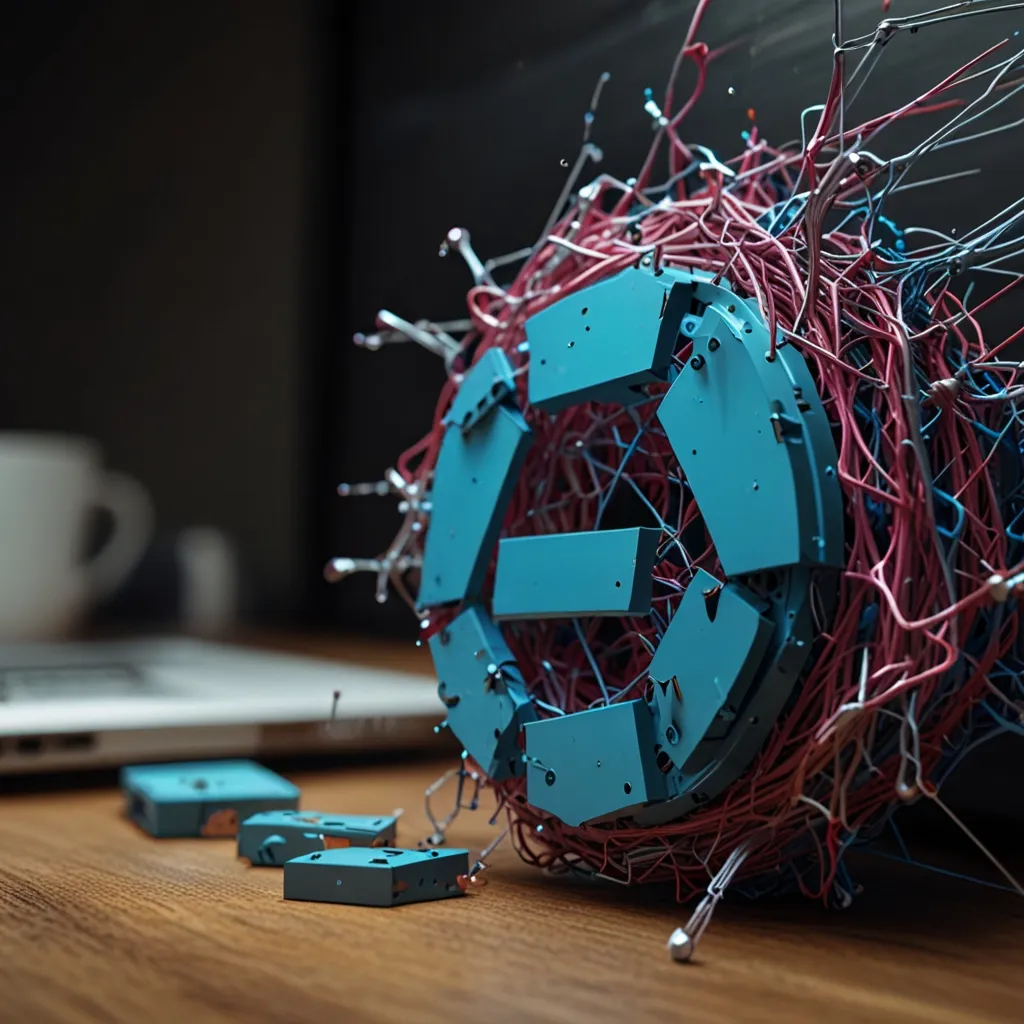Protecting your Node.js application from cross-site request forgery (CSRF) attacks is super important because it helps keep your users’ data safe and secure. CSRF attacks are all about exploiting the trust that a user’s browser has in your website. This means that bad guys can trick users into doing stuff they didn’t mean to do, like changing settings or posting something. To make your app safe, you can use the csurf middleware with Express. Here’s a step-by-step guide to keep the baddies at bay.
Understanding CSRF Attacks
CSRF attacks happen when an attacker tricks someone into performing actions they didn’t intend while logged into a web application. They might do this by getting the user to click on a dodgy link or visit a sketchy website. Because the user’s browser automatically sends authentication info (like cookies) to the app, the attacker can piggyback on the user’s session without them even knowing.
Setting Up Your Application
First things first, you need to set up your project dependencies. Start by initializing your project with a package.json file using:
npm init
Next, you gotta install the required packages:
npm install express body-parser cookie-parser csurf --save
So, what’s all this stuff? express is your app framework, body-parser handles form data, cookie-parser deals with cookies, and csurf gives you CSRF protection.
Implementing CSURF Middleware
Follow this guide, and you’ll have csurf middleware up and running in your Express app in no time:
Import the necessary modules:
const express = require('express');
const csrf = require('csurf');
const cookieParser = require('cookie-parser');
const bodyParser = require('body-parser');
Initialize Express and your middleware:
let app = express();
app.set('view engine', 'ejs'); // Optional if you're into using a template engine
app.use(cookieParser());
let csrfProtection = csrf({ cookie: true });
let parseForm = bodyParser.urlencoded({ extended: false });
Apply CSURF protection to your routes:
app.get('/form', csrfProtection, function (req, res) {
res.render('form', { csrfToken: req.csrfToken() });
});
app.post('/process', parseForm, csrfProtection, function (req, res) {
res.send('Successfully Validated!!');
});
Now, start your server:
app.listen(3000, (err) => {
if (err) console.log(err);
console.log('Server Running');
});
Example Code
Here’s what your app.js file might look like all together:
const express = require('express');
const csrf = require('csurf');
const cookieParser = require('cookie-parser');
const bodyParser = require('body-parser');
let app = express();
app.set('view engine', 'ejs');
app.use(cookieParser());
let csrfProtection = csrf({ cookie: true });
let parseForm = bodyParser.urlencoded({ extended: false });
app.get('/form', csrfProtection, function (req, res) {
res.render('form', { csrfToken: req.csrfToken() });
});
app.post('/process', parseForm, csrfProtection, function (req, res) {
res.send('Successfully Validated!!');
});
app.listen(3000, (err) => {
if (err) console.log(err);
console.log('Server Running');
});
HTML Form Example
When you render an HTML form, make sure to include the CSRF token as a hidden input:
<form action="/process" method="POST">
<input type="text" name="username" placeholder="Username" required>
<input type="password" name="password" placeholder="Password" required>
<input type="hidden" name="_csrf" value="<%= csrfToken %>">
<button type="submit">Submit</button>
</form>
Best Practices
Always use POST instead of GET for any requests that change the state of your app. GET requests are way easier for attackers to exploit with a simple link or image tag.
Think about adding a confirmation step for critical actions. This way, even if an attacker gets past your defenses, they won’t be able to do much without the user confirming the action.
Avoid using GET for actions that alter your app’s state. Instead, stick to POST or PUT requests—they’re more secure and less likely to be triggered accidentally.
Common Pitfalls and Solutions
Watch out for the cookie tossing vulnerability in older versions of csurf. This can be avoided by making sure you are using the latest csurf version and configuring it correctly. If you’re stuck with an older version, consider switching to a session-backed mode by setting csrf({ cookie: false }).
The double submit cookie pattern can also be a good way to protect against CSRF attacks. Just make sure you implement it correctly. This involves generating and validating tokens appropriately and not relying on default value functions that can be bypassed.
Conclusion
Using csurf middleware in your Node.js application is a straightforward way to significantly boost your app’s security. By following these steps and best practices, you can effectively safeguard your users from CSRF attacks. Always keep your app updated with the latest security patches and best practices to ensure it remains secure over time.
Staying on top of current security trends and updates is key to maintaining a safe environment for your users. It’s not just about adding security features; it’s about consistently applying and updating them. Your users trust you with their data, and using best practices like csurf helps you honor that trust.






